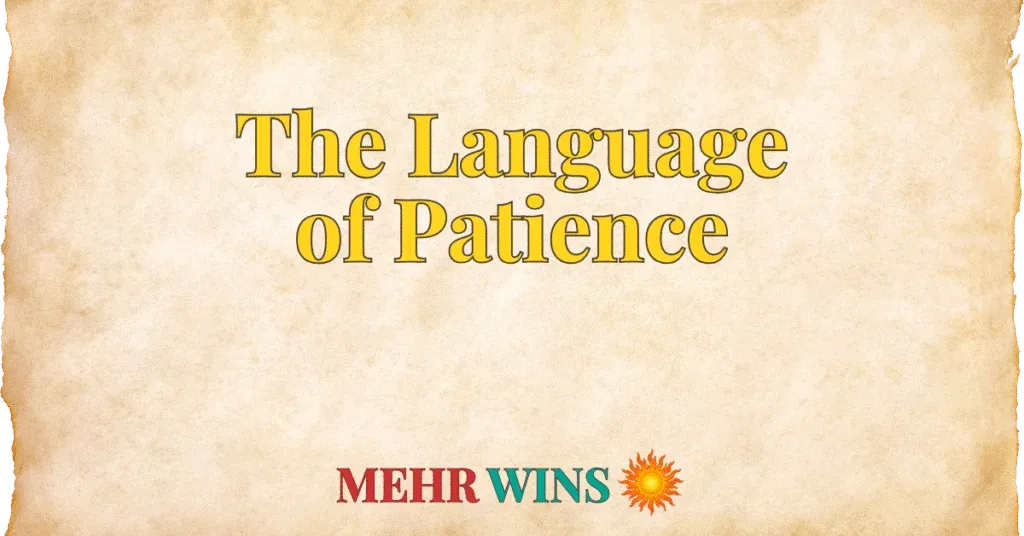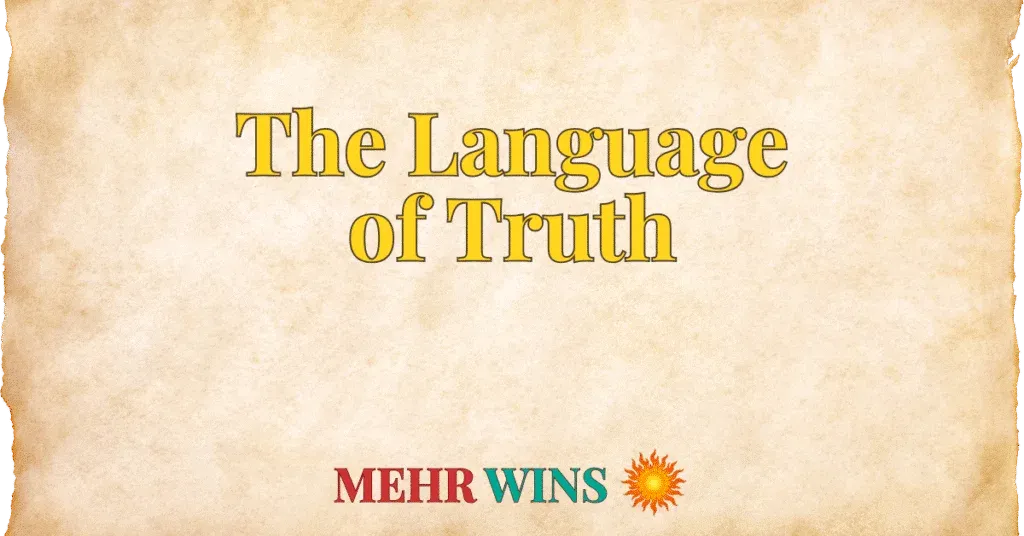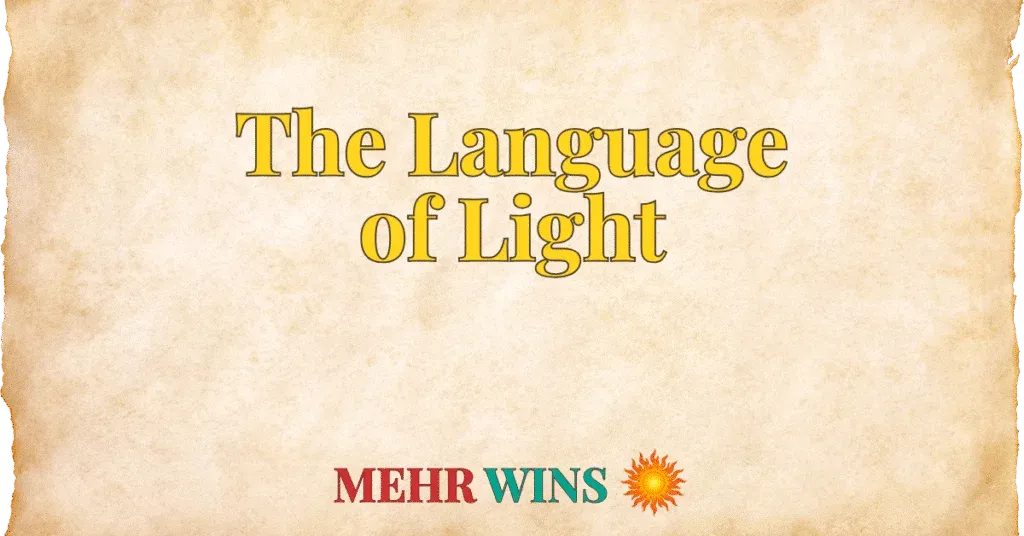
At the heart of profound endurance, patience is far more than simply waiting; it is a quiet, active strength that anchors us through every season of life. It is the steady presence that grounds us in the face of uncertainty, the unwavering resolve that carries us through hardship, and the deep wisdom that trusts implicitly in life’s unfolding timeline. This inner fortitude allows us to navigate challenges with grace, cultivate resilience, and build a lasting foundation for meaningful growth. Rooted in a rich spiritual and poetic tradition, Persian offers many layered expressions of this powerful state. These ten Persian words reflect the enduring power of patience, beautifully aligned with the deeper truths this work seeks to illuminate and inspire.
1. صبر Sabr (sahbr) – Patience, Endurance, Steadfastness
Sabr is the fundamental act of bearing difficulties with inner calm and perseverance. It is the quiet fortitude that allows one to remain steadfast without complaint, even when facing adversity.
Example: “Through years of challenge, her sabr was her guiding light.”
2. تحمل Tahammol (ta-ham-mol) – Tolerance, Bearing Burdens, Resilience
Tahammol speaks to the ability to endure, to tolerate burdens or difficult situations with resilience. It’s the capacity to carry on without breaking under pressure.
Example: “He showed great tahammol in the face of constant criticism.”
3. بردباری Bardbārī (bard-bah-ree) – Forbearance, Gentle Patience, Long-Suffering
Bardbārī is a compassionate and mild form of patience, emphasizing the ability to remain calm and gentle even when provoked or facing prolonged difficulty. It’s patience with grace.
Example: “Her bardbārī with her students created a calm and supportive classroom.”
4. شکیب Shekīb (sha-keeb) – Fortitude, Composure, Calm Endurance
Shekīb is about maintaining inner composure and strength in the face of adversity. It signifies a resolute calm, refusing to be shaken by challenges or misfortunes.
Example: “Despite the unexpected delays, his shekīb allowed him to complete the project.”
5. ایستادگی Istādegi (ees-tah-de-gee) – Steadfastness, Standing Firm, Resistance
Istādegi is the act of standing firm and unyielding against pressure or obstacles. While patience is internal, istādegi is its outward manifestation through consistent resilience.
Example: “Her istādegi in her beliefs inspired everyone around her.”
6. استقامت Istiqāmat (es-te-gah-mat) – Perseverance, Firmness, Sustained Effort
Istiqāmat emphasizes sustained and unwavering effort over time, despite difficulties. It’s the determined persistence that patience provides, ensuring long-term success.
Example: “His istiqāmat in his training eventually led him to achieve his goal.”
7. سکوت Sokūt (so-koot) – Silence, Stillness, Inner Quiet
Sokūt represents the profound inner quietness and stillness that often accompanies true patience. It’s the ability to find peace within oneself during periods of waiting or challenge.
Example: “In moments of doubt, she sought sokūt to find her clarity.”
8. آرامش Ārāmesh (ah-rah-mesh) – Peace, Serenity, Calmness
Ārāmesh is the state of inner peace and tranquility that patience helps cultivate. It is the calm absence of mental disturbance, even when external circumstances are turbulent.
Example: “He found true ārāmesh in the acceptance of what he could not change.”
9. تانی Tannī (tah-nee) – Deliberation, Slowness, Unhurriedness
Tannī captures the unhurried aspect of patience—the wisdom to take one’s time, to deliberate, and to act without haste. It’s patience in action, careful and considered.
Example: “She approached the complex problem with tannī, ensuring every step was sound.”
10. رشد Roshd (roshd) – Growth, Development, Maturation
Roshd signifies growth and development, often a direct result of the patient process of learning and enduring. It highlights that patience is not stagnant, but actively fosters progress.
Example: “Through years of dedicated practice, she saw her skills experience true roshd.”
Pronunciation Note
To help with pronunciation, Persian transliterations often use the following consonant markers:
• gh – a throaty sound, like French r (غ / ق)
• kh – a deep “h” sound, like the ch in Bach (خ)
• zh – like the s in measure (ژ)
• sh – like sh in shine (ش)
• ch – like ch in cheese (چ)
Stressed syllables are shown in bold within the pronunciation.
Italicized words in parentheses reflect how to say the word phonetically.



